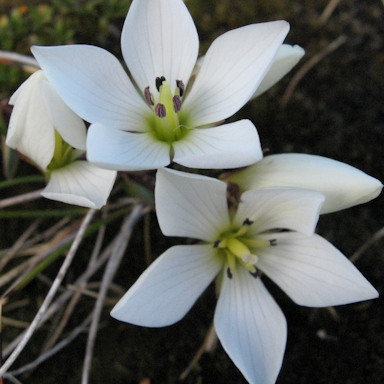Te Tiriti: how are the Māori and English versions similar?
Te Tiriti: how are the Māori and English versions similar?

There have been scores of conversations about how the Māori and English texts of te Tiriti o Waitangi (te Tiriti) are different. At Tātai Aho Rau, we’ve been having a wānanga among staff about how the versions are similar.
Why should we explore the similarities?
We have a team delivering training about te Tiriti to schools and other organisations. Understanding what it meant for te Tiriti to be negotiated through te reo Māori is important, especially to those who are new to this thinking. In our sessions we take time to explain what we think was agreed to at the signing of te Tiriti at Waitangi:
- What did Māori understand as they put pen (or quill) to paper?
- Which was written first, the te reo Māori or the English version?
- Who were the key players at the signing of the treaty?
- What were their roles?
- Who translated te Tiriti, 170 years before www.maoridictionary.co.nz became available as a translation tool?
We take time to explore and explain what it meant for te Tiriti to be negotiated through te reo Māori, and to help people understand the key Māori terms. This includes what rangatira (chiefs) agreed to at Waitangi and in the other locations that te Tiriti was signed.
Once this important aspect is covered in a workshop setting, it’s a good time to introduce the key English terms of the Treaty of Waitangi: what they are and what they mean. At Tātai Aho Rau, we then begin a dialogue with partners about how the articles are similar.
Te Tiriti has a Māori version and an English version
For decades, academics and educators have talked about the differences in the texts. This new conversation about where the texts have similar meanings must be informed by the nuance of kupu Māori (Māori words), dialect, and what we know about Aotearoa in the time just before te Tiriti was signed.
We want to engage in a respectful, constructive and ground breaking discussion about te Tiriti by posing these questions. What was agreed to? What were the key terms? And finally, how are the Māori and English versions similar?
It’s a great time to delve into this wānanga because our nation has been exploring te Tiriti together since at least 1975 when the Waitangi Tribunal was established. Join us in the conversation to understand te Tiriti i mua, te Tiriti ināianei, and te Tiriti āpōpō.
In other words, let’s explore what te Tiriti meant yesterday, what it means today and what it will mean tomorrow. We’re excited to contribute to the conversation, and play a role in it by bringing this new dialogue to others.
Where do I start?
Tātai Aho Rau Core education offers professional learning to support education providers and workplaces to understand and apply te Tiriti into their setting. To learn more about the similarities of the te Tiriti articles, or to build te ao Māori learning into your professional development browse our available support opportunities and talk to our team today!



